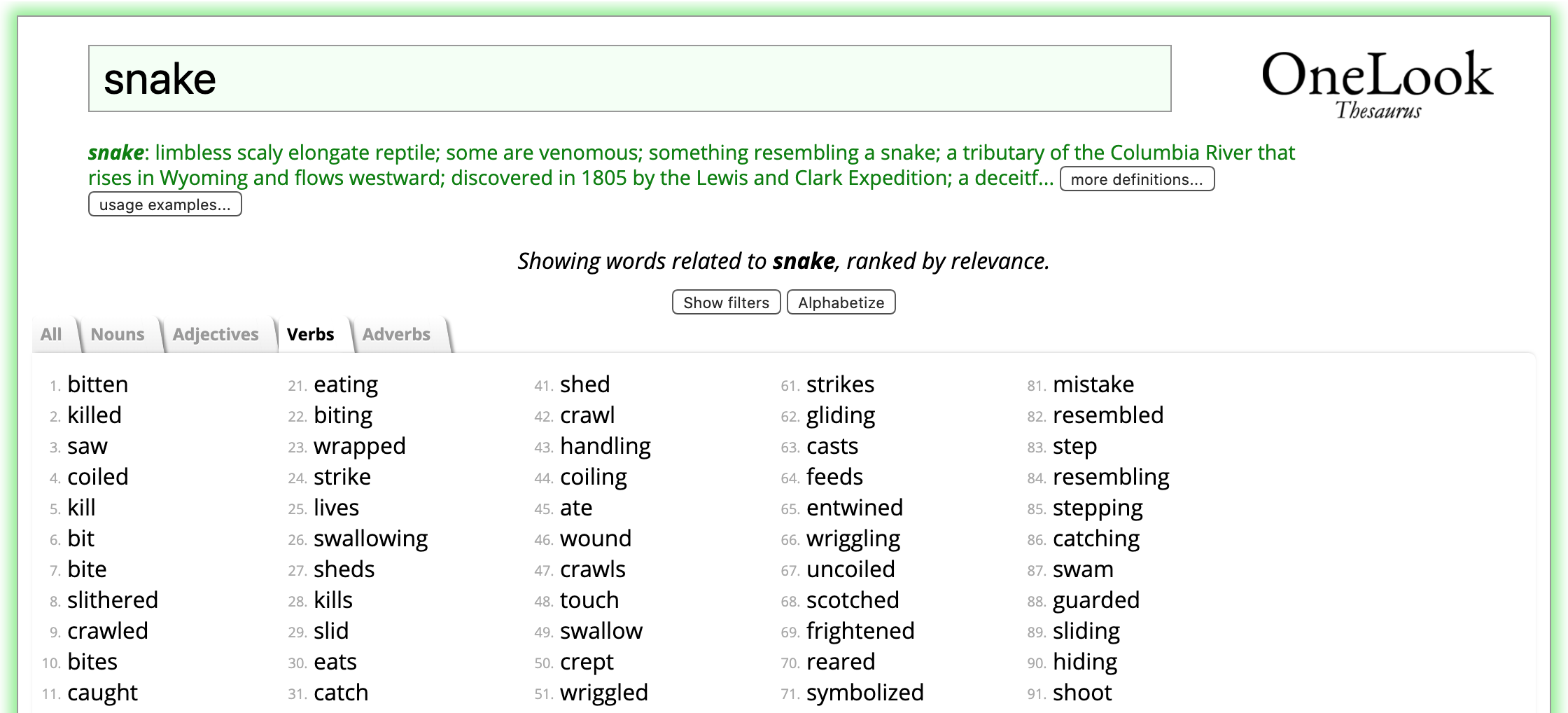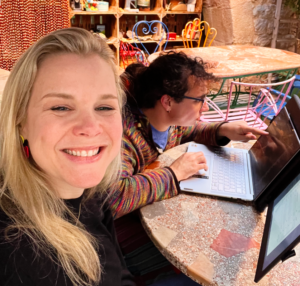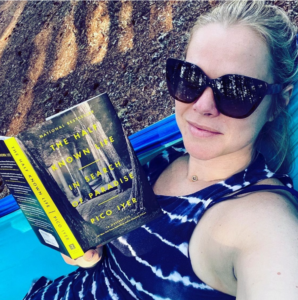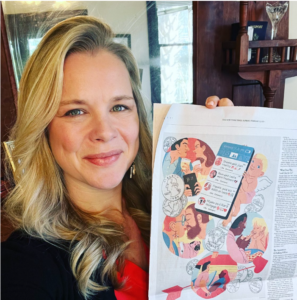If writing is like a sleeping bag’s stuff sack (and it is), then meaning is the sleeping bag, and your word count is the size of the sack in which you’re stuffing it.
You want to take more meaning than you think is possible to fit in that tiny space, and keep working it in, working it in, past when your forearms get tired, past when you want to throw it in the car half-stuffed because that’s probably good enough. You want every bit of emotion and subtext possible in that tiny little word count space, until you can cinch it tight and know you’ve got a job well done.
Here’s one trick to do that.
I read it a few times in the hands of other writers before I realized what was at work. Then I finally broke it down, along with a step-by-step exercise to brainstorm it.
It’s the simile-stuffed verb.
Much like a cheese-stuffed olive, this treat of a wordplay packs more flavor than you think possible into a part of the sentence you need anyway.
A simile is usually a literary device that uses “like” or “as.”
Ex. I puked like a firehydrant.
The simile-stuffed verb does all the work of the simile without the extra words.
Here’s an example of this trick from this Gabrielle Hamilton essay:
“Ten days of being waterboarded by the news, by tweets, by friends, by my waiters.”
She could have said, “For ten days, the news, tweets, friends, and my waiters had been like torturers waterboarding me.” That is the traditional form of a simile.
But instead she used a verb that conjures the image of that torturer. In the process, she cuts out the passive voice (“had been”) and stuffs the same meaning she could have taken seven words to relay into just one word.
When this article says that the Syrian war has “metastasized,” we don’t need to see the word “cancer” to understand that it’s like a cancer.
The key to this trick is that you show that Thing A is like Thing B by using a verb that would only apply to Thing B.
In a recent essay I wrote, I felt like I finally grasped this trick when I said, that the weakest parts of me would “slither” toward my vices. The first draft said “reach,” but as I was re-writing, I realized slither would conjure association with snakes, obviously, but also with that extra connotation of lowliness, dirtiness, even evil.
All that meaning crammed in one little word. I had similed the shit out of that verb.
Here’s how to do it:
- Find something in your work you want to describe with a simile.
- Write down the thing you want to compare it to.
- Make a list of verbs associated with that second thing. You can also go to OneLook’s Reverse Dictionary, search for the concept, then click on the tab for verbs to get a list.
Psst: This site uses affiliate links.
4. Use the verb usually associated with the second thing when describing the actions of the first.
Voila. You have stuffed a simile into a verb.
Examining Your Verbs
If you have Scrivener, it includes a trick to isolate your verbs so that you can make sure each on punches.
Under the Edit Menu, then Tools, is you select Linguistic Focus, it lets you pick what you want to see.
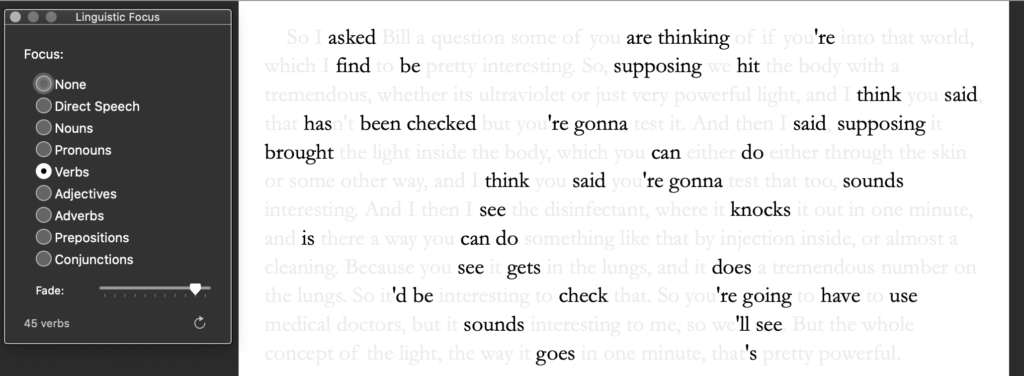
Verbs power your work, so focusing on them will level-up your work.



